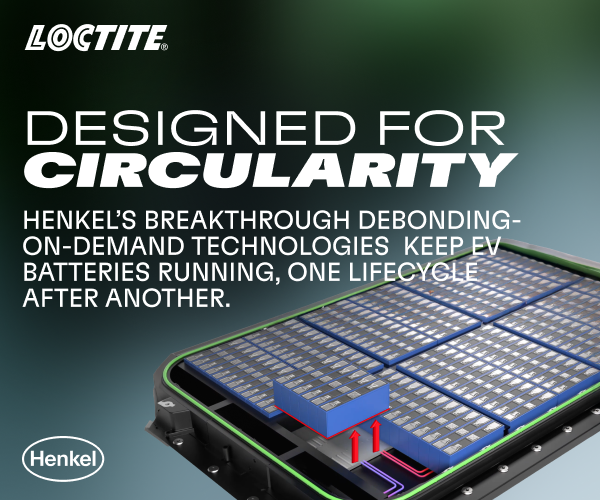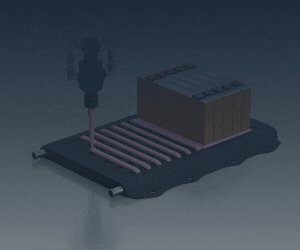Cayenne Electric tested from virtual prototype to extreme real world endurance

(Image courtesy of Porsche)
Porsche is preparing to launch its first all-electric Cayenne and has streamlined development by relying more on virtual testing. Instead of building more than 100 conventional prototypes, engineers created digital models that were driven on precisely mapped routes ranging from the Nürburgring to city traffic. This allowed them to evaluate components and systems early in the design phase, with results later confirmed on test benches.
At the heart of validation is a new composite test bench that links the drive, battery, charging systems, and thermal management. Four synchronized motors simulate gradients, road surfaces, braking forces, and recuperation, while environmental conditions are reproduced in detail. Data from the digital twin can be fed directly into the bench so that power delivery and battery conditioning can be assessed under high loads, such as a lap of the Nordschleife. Engineers report only minimal deviation between the virtual and physical results.
Final optimization still comes from real test drivers who fine-tune dynamics and control response. The Cayenne Electric has been run in city traffic, on highways, off road, and on track with a special focus on ensuring it arrives at charging stops ready for fast charging. Vehicles have also been subjected to temperatures ranging from 50 degrees in Death Valley to minus 35 in Scandinavia, where starting, traction, climate, and charging performance were all tested.
Endurance testing has seen each car cover more than 150,000 kilometres within months under varied driving conditions. Combined with crash safety and long-term durability work, this ensures customers will only experience such extremes in rare situations. Porsche says the programme has cut development time by around 20 per cent and reduced resource use, while holding its vehicles to traditional testing standards.
Click here to read the latest issue of E-Mobility Engineering.
ONLINE PARTNERS





















